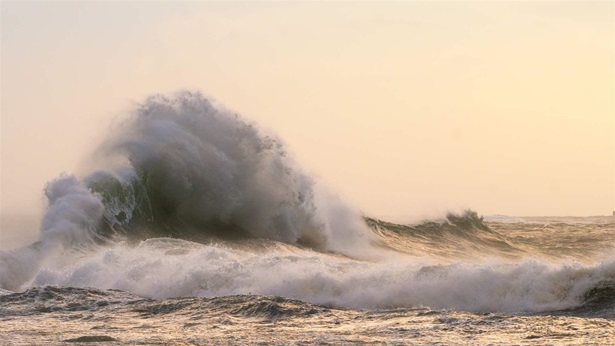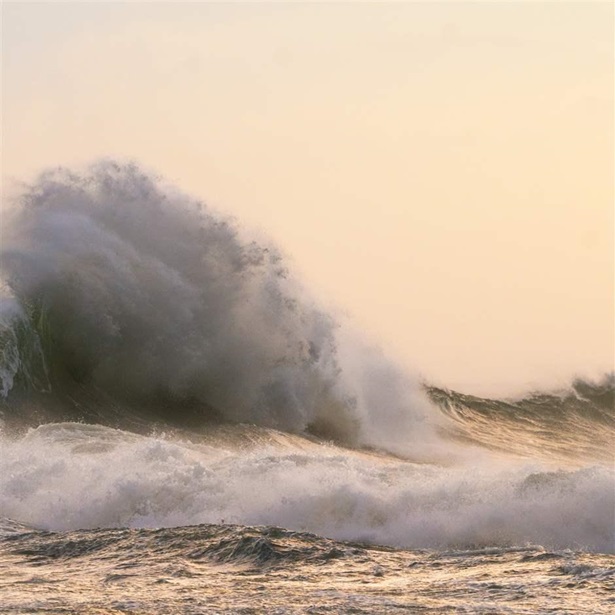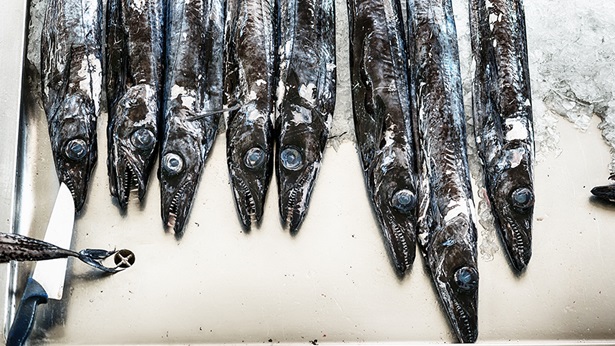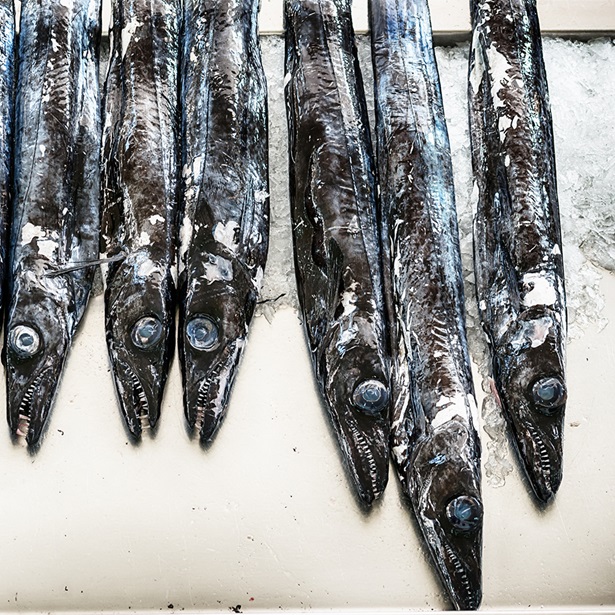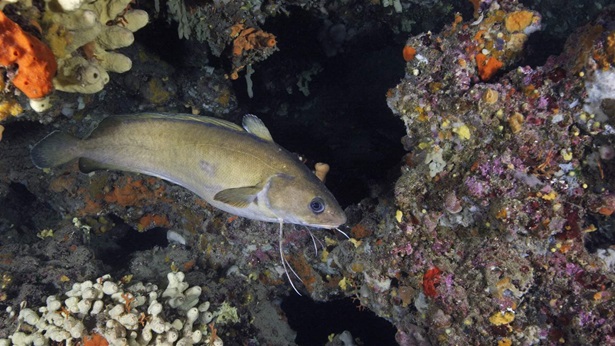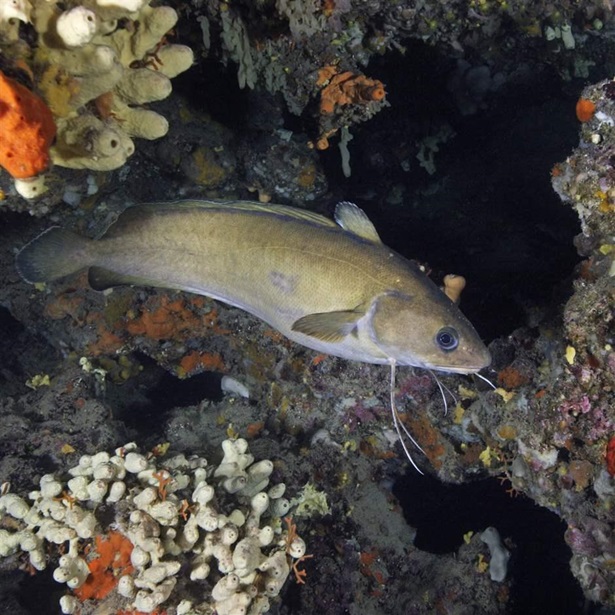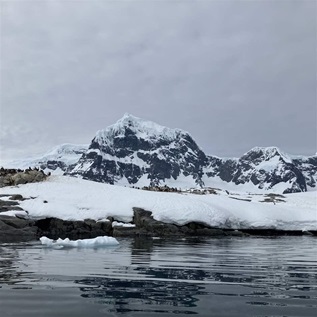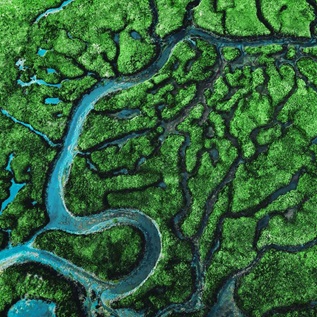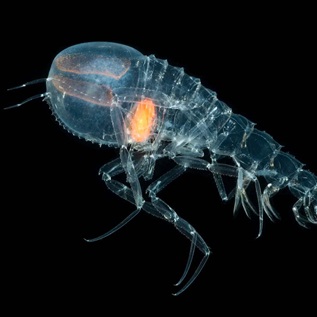EU Continues to Set Flawed Fishing Limits
Despite sound fisheries policy, ministers often ignore science, says expert Philippe Cury
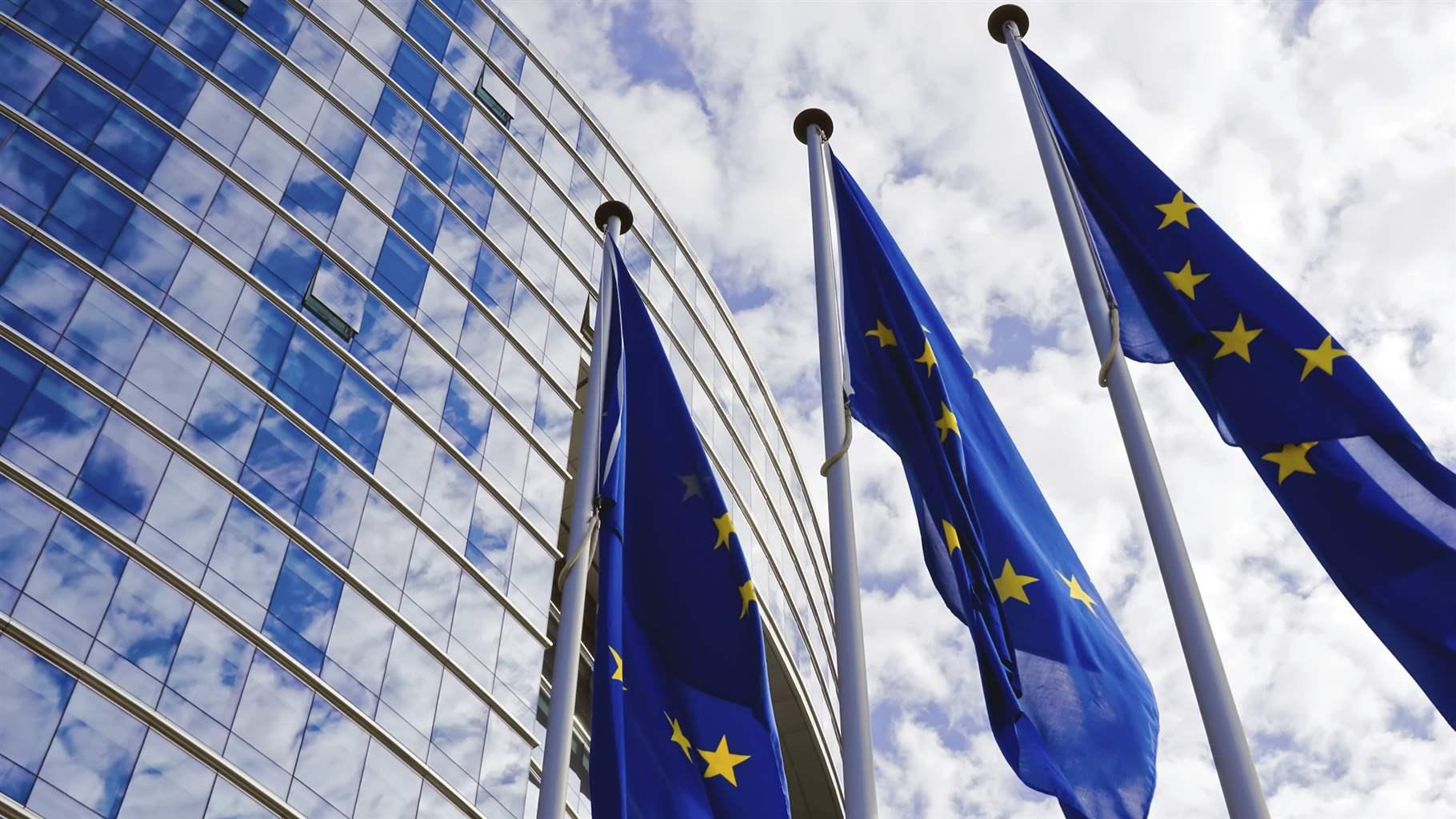
The 2013 reform of the European Union’s overarching fishing law, the Common Fisheries Policy (CFP), included a major improvement: It based the setting of fishing limits on achieving the maximum sustainable yield (MSY)—the highest level at which a natural resource can be routinely exploited without long-term depletion. Policymakers made this change in order to achieve the objective of progressively restoring and maintaining populations of fish stocks above levels that are sustainable over the long term, instead of simply aiming to prevent stocks from collapsing, as was previously the case.
Five years after the CFP reform, The Pew Charitable Trusts asked two fisheries scientists about how the EU is implementing MSY limits and how fishing nations are working to meet them. The first of those conversations is between Jean-Christophe Vandevelde, who works on Pew’s efforts to end overfishing in North-Western Europe, and Philippe Cury, Ph.D., an award-winning marine scientist and author. He is senior scientist at the French government’s Institut de Recherche pour le Développement and its representative to the EU institutions in Brussels. Cury is also the co-chair of the EuroMarine Consortium, a European marine science network launched to support the identification and development of important emerging scientific topics or issues and associated methodologies in marine sciences.
This exchange was conducted via email in French and was translated into English.
Vandevelde: The CFP defines the limit of fishing mortality in tems of MSY and aims to restore all stocks to above the levels that can produce that yield. What’s your view on these objectives?
Cury: The reformed CFP represents great progress and now aims to rebuild all stocks to sustainable levels in order to restore ocean productivity. This objective should have been adopted many years ago, as it was in other countries (for example, in the United States and Australia) that understood the benefits of doing that. Restoring fish stocks to sustainable levels of abundance can be achieved only through setting fishing limits at or below the MSY level. Restoring stocks will also help mitigate the effects of climate change, as it will help maintain resilient and productive natural systems.
Q: Is the EU meeting the CFP objectives?
A: We need to be patient, because nature can take its time and is sometimes unpredictable. However, [the objective of] allowing fish stocks to recover through the setting of fishing limits by the EU Council is something that can be done now. I hope that these efforts will be successful, because it will give fisheries in Europe a future. Without fish, there are no more fishers. The lack of sound management for decades has led to a steady decline in the number of fishers, as they no longer found an economic incentive in pursuing their activity. Restoring stocks is a necessary condition for sustainable fisheries. Nonetheless, sustainable fisheries also require a global vision that includes all stakeholders and that promotes ethical consumption of marine products, mobilises actors to consolidate jobs in fishing, moves towards more selective fisheries and less energy-greedy boats, and respects marine habitats. Finally, it also requires ambitious objectives in terms of information on marine resources and supporting research and assessment of these resources.
Q: There are a number of stocks which lack MSY data. How can those stocks be managed to meet the CFP’s objectives?
A: Currently more than 35 per cent of stocks in the Northeast Atlantic are not assessed. In the Mediterranean and Black Sea, the figure is 68 per cent. Moreover, there are scientific assessments of abundance levels for only 10 per cent of European stocks. It is a bit like running a business without knowing the goods in stock. This is a serious problem, because the absence of management inevitably leads to overexploitation in the short or medium term, and the eventual disappearance of fish and fisheries. In the absence of sufficient data, scientists use data-poor methods (using some available fishing data), but these are insufficient to set catch targets. The approach to follow should be a precautionary one. If we really do not know anything, then we must not exploit that species but instead should start scientific monitoring. All fisheries in the world that are managed sustainably are also managed scientifically.
Q: Even with robust scientific advice and a reformed CFP, EU fisheries ministers often set annual fishing limits higher than the scientific recommendation. What are your thoughts on the reasons for this and the likely consequences?
A: This is not acceptable. Today, 44 per cent of Total Allowable Catches (TAC) set by decision makers still exceed scientific advice. Ministers negotiate fishing quotas as one negotiates milk quotas or animal productions like pigs or poultry, which are controlled production. Fish is our last wild resource exploited industrially. This resource fluctuates, sometimes drastically, from one year to the next, and this must be taken into account or we risk seeing it collapse. The European habit of overfishing has led to many catastrophes. Following scientists' recommendations [on fishing limits] makes it possible to stay within what nature can produce. Setting fishing quotas higher than scientific recommendations reflects a cruel lack of knowledge of the marine environment. Ministers must follow scientific advice faithfully, because I do not know of alternative ways to efficiently manage a wild renewable resource.
Q: What is sustainable fisheries management?
A: Sustainable fisheries management means using an ecosystem-focused approach that goes beyond the mere survival of [individual species] and aims to reconcile conservation and exploitation. It considers the interactions between the species present in the ecosystems (for example, not just forage fish but also the marine birds that depend on them for food), how fishing affects habitats (such as the impact of trawling on the seabed) and biodiversity (bycatch, discards, etc.), with the ultimate goal of preserving the health of all food webs and the overall productivity of the ocean. This concept has evolved considerably in recent years, from a mathematical MSY-based model developed in the 1950s that focused only on individual species and not the whole. Sustainable fisheries management should also be considered a factor in the United Nations’ Sustainable Development Goals, which acknowledge other global challenges that affect fisheries, including climate change, poverty, employment, food security, and equality.
Read our second Q&A with Didier Gascuel, professor of fisheries science and head of the Fisheries and Aquatic Sciences Department at AgroCampus Ouest in Rennes, France.

